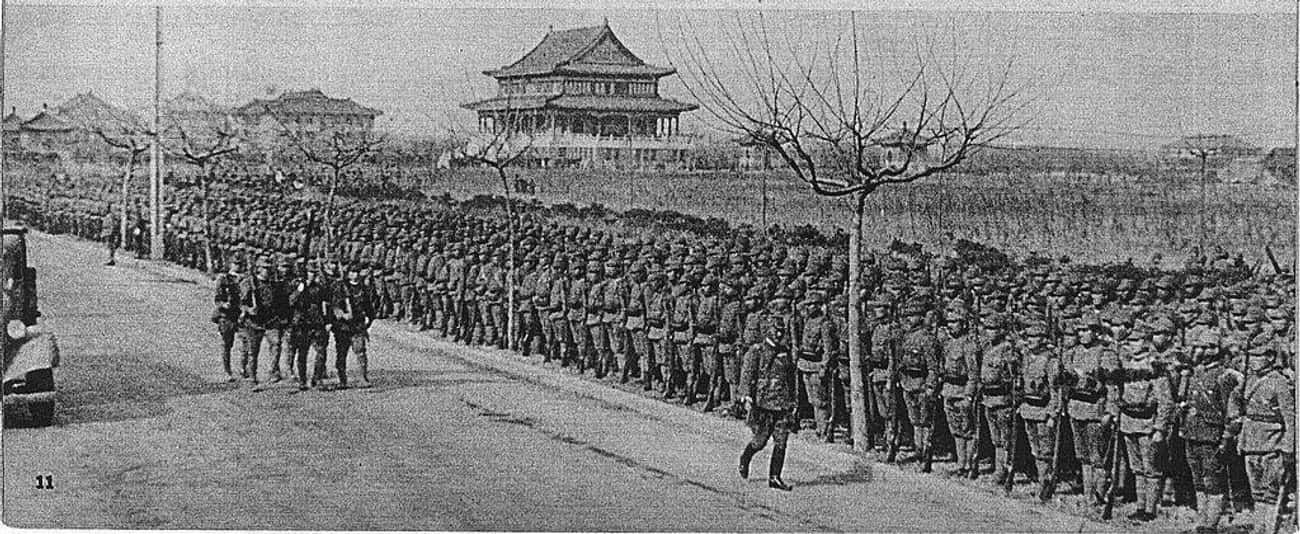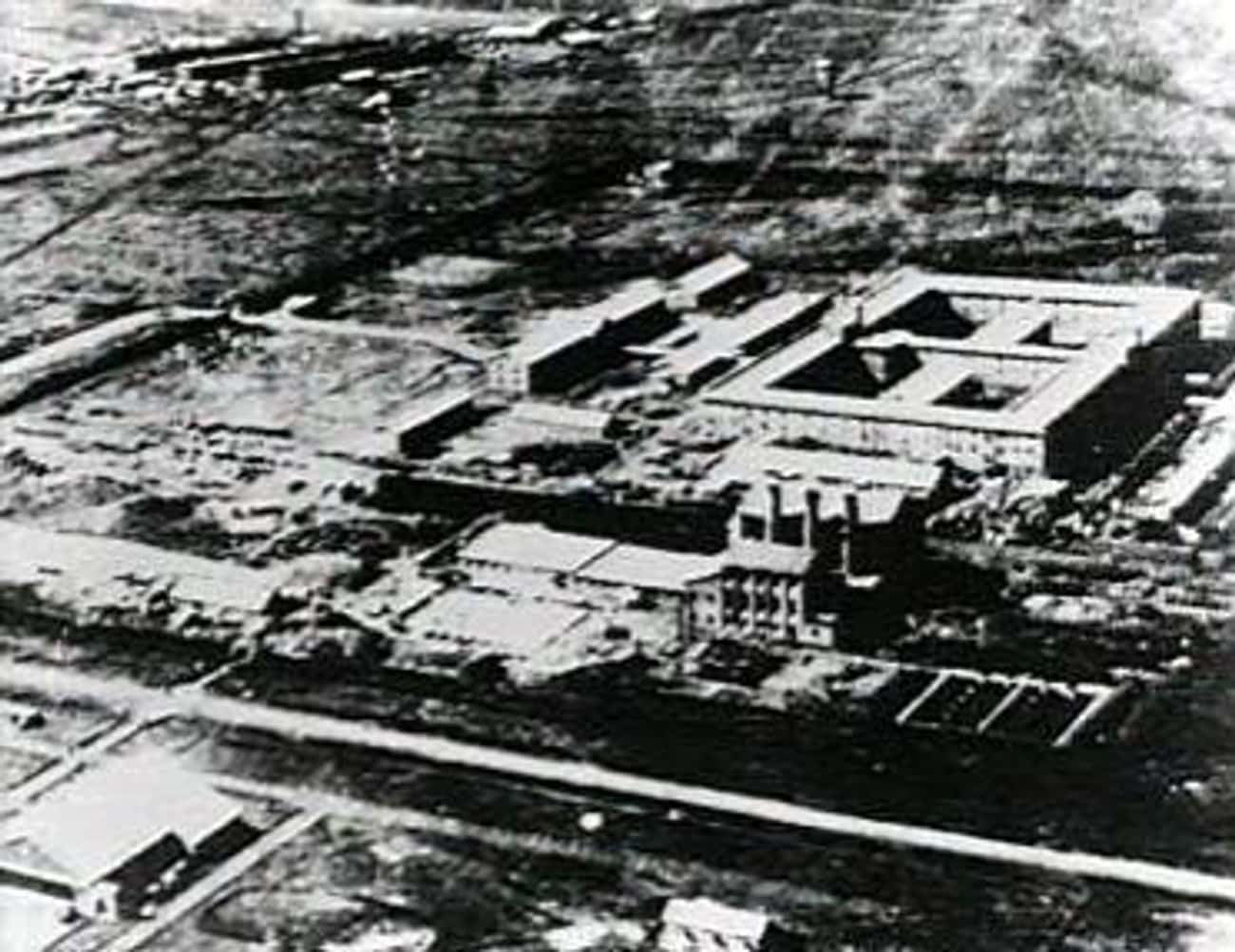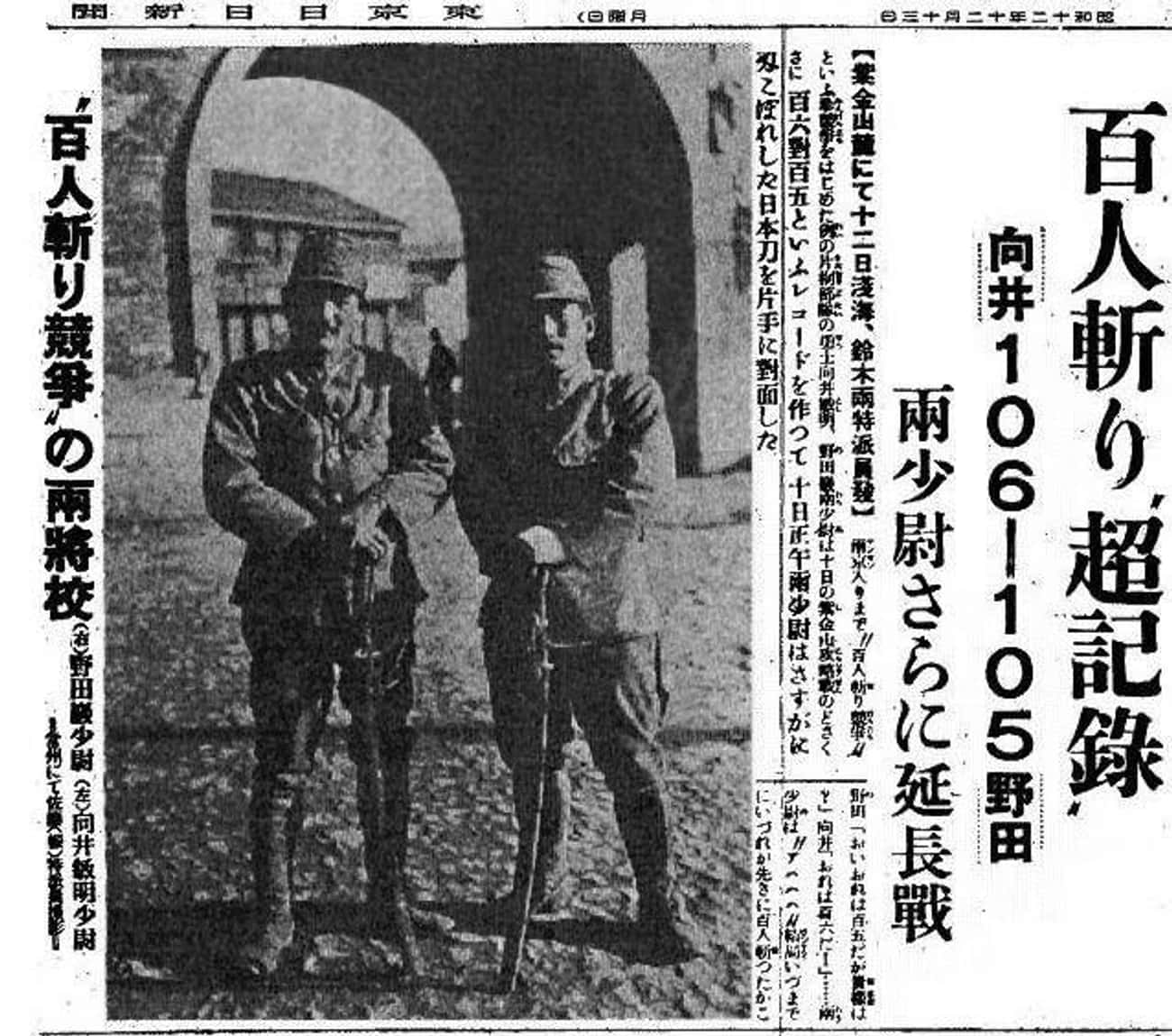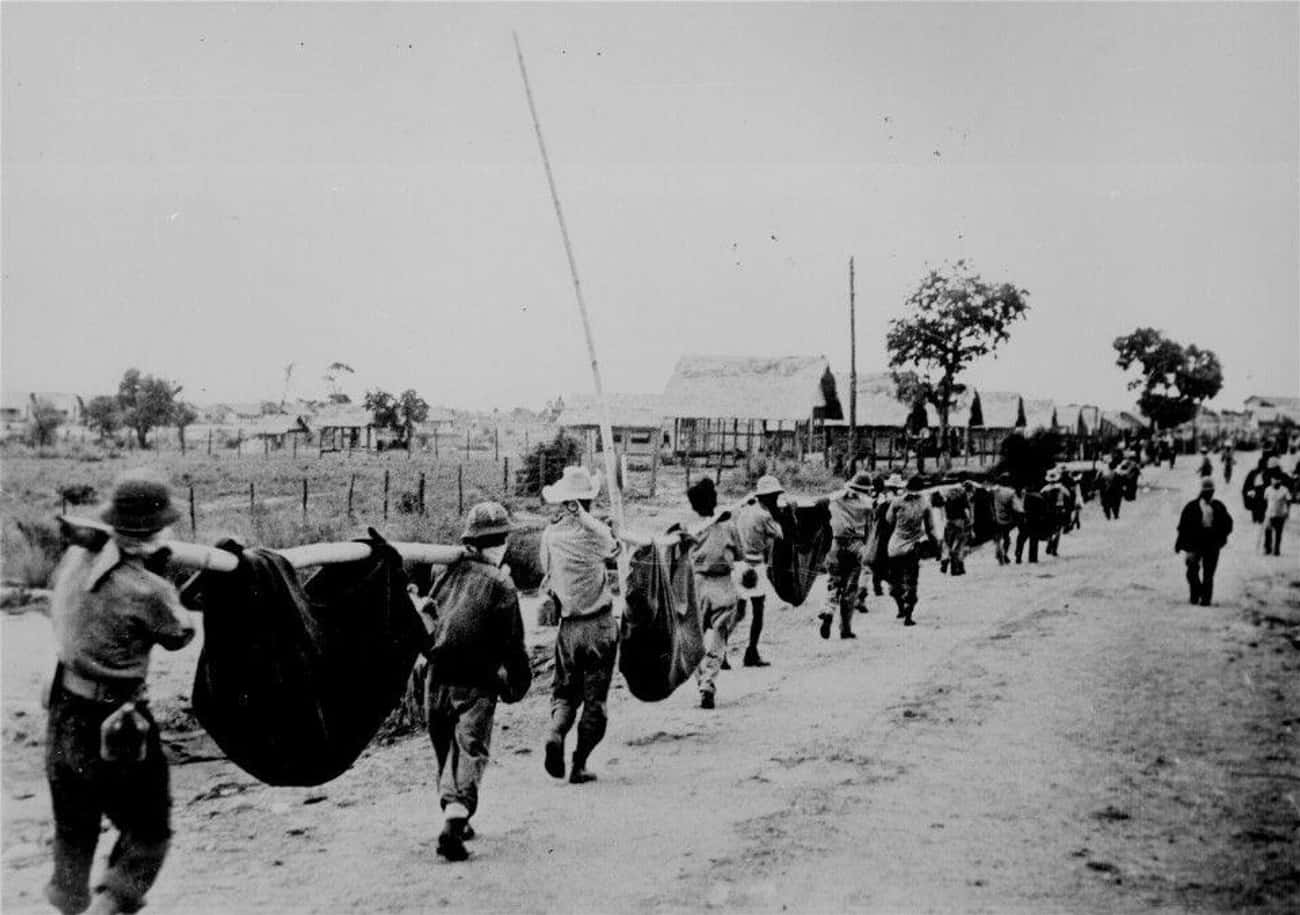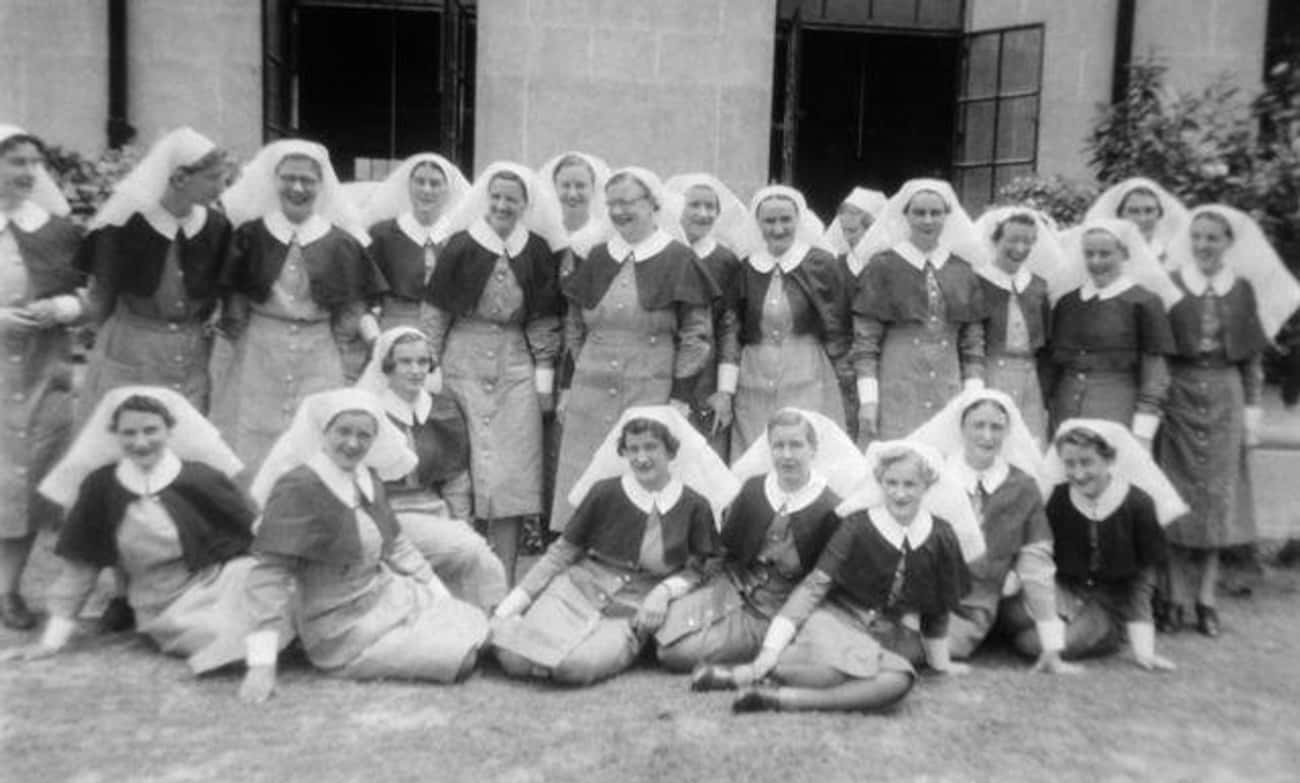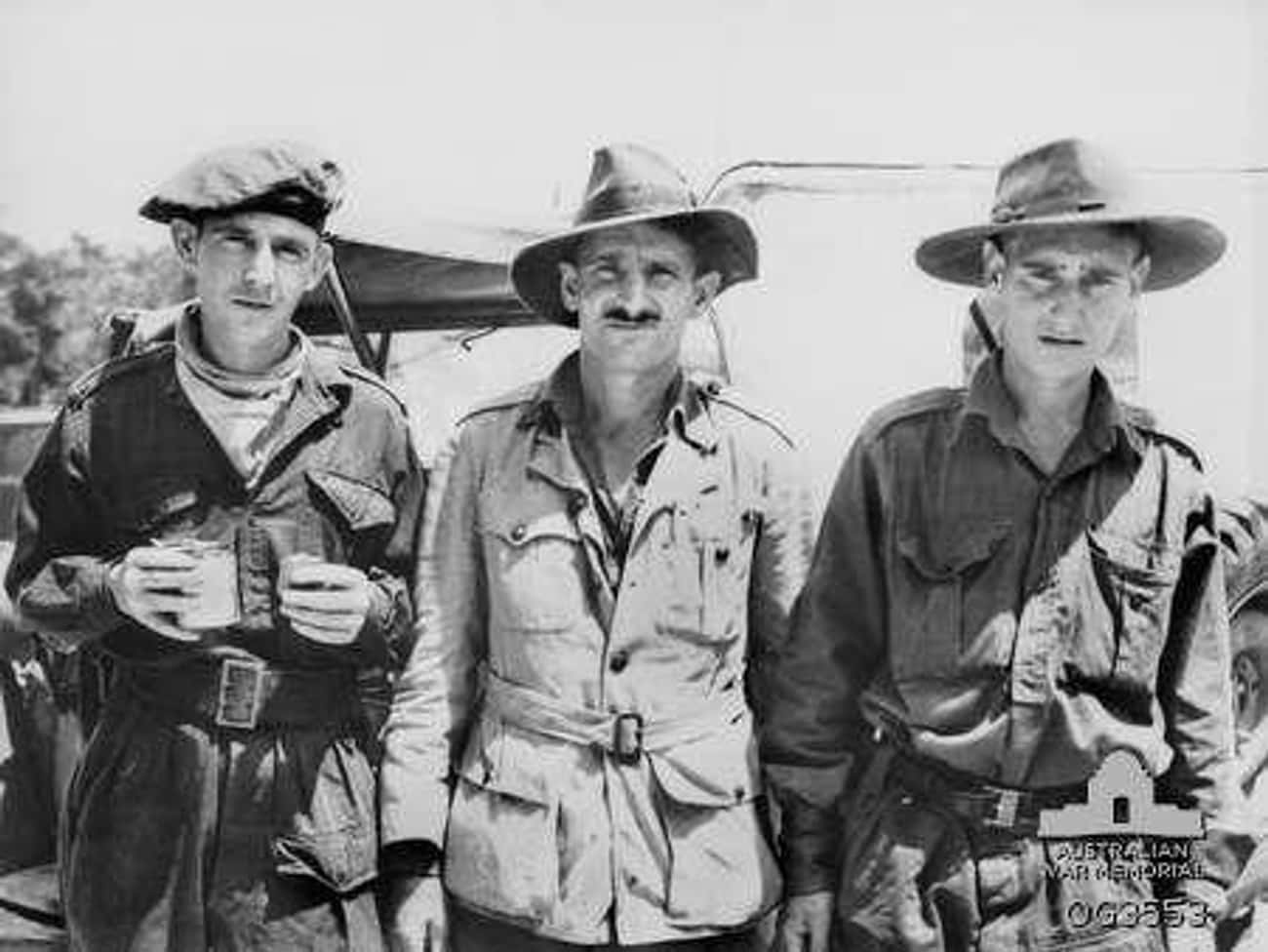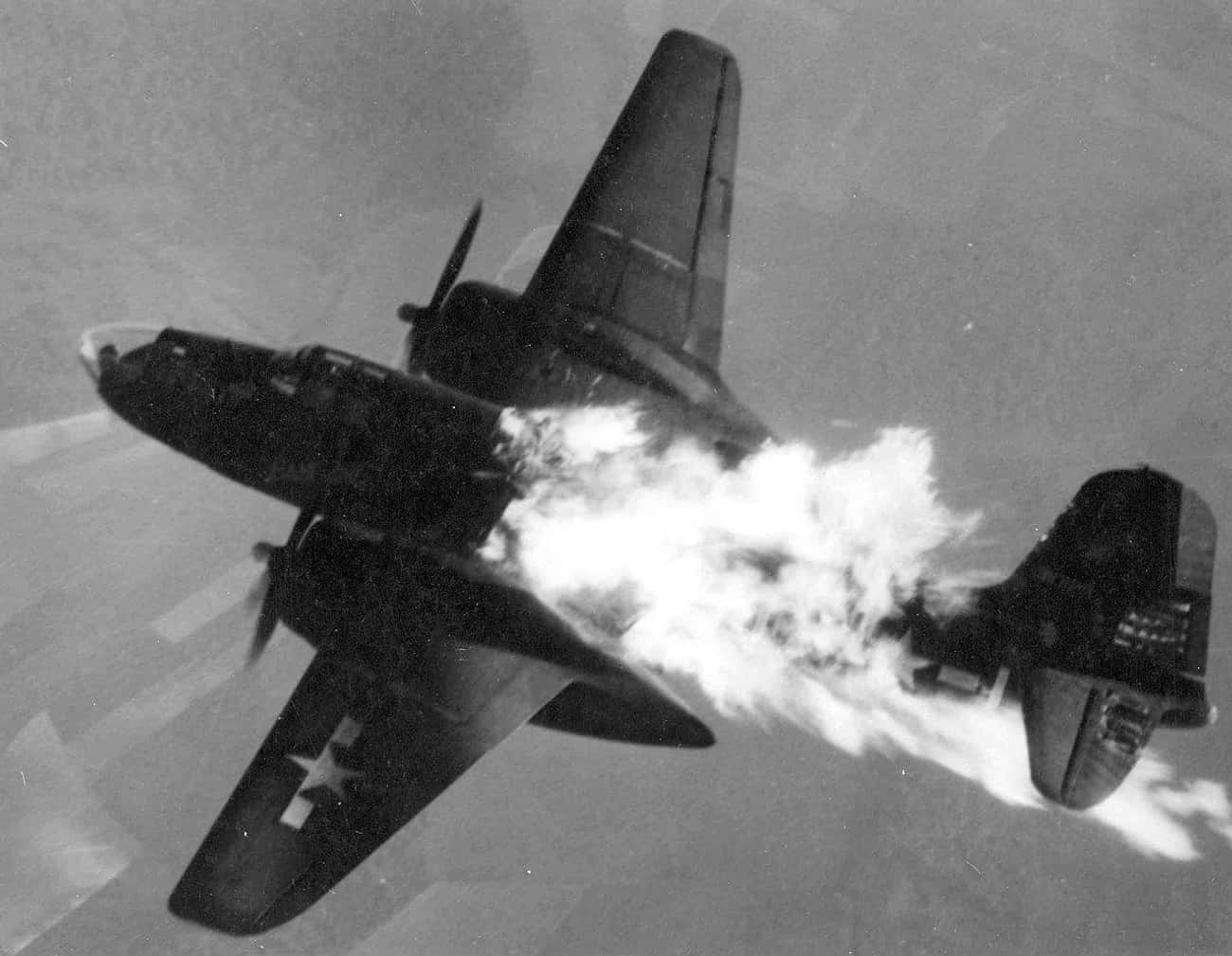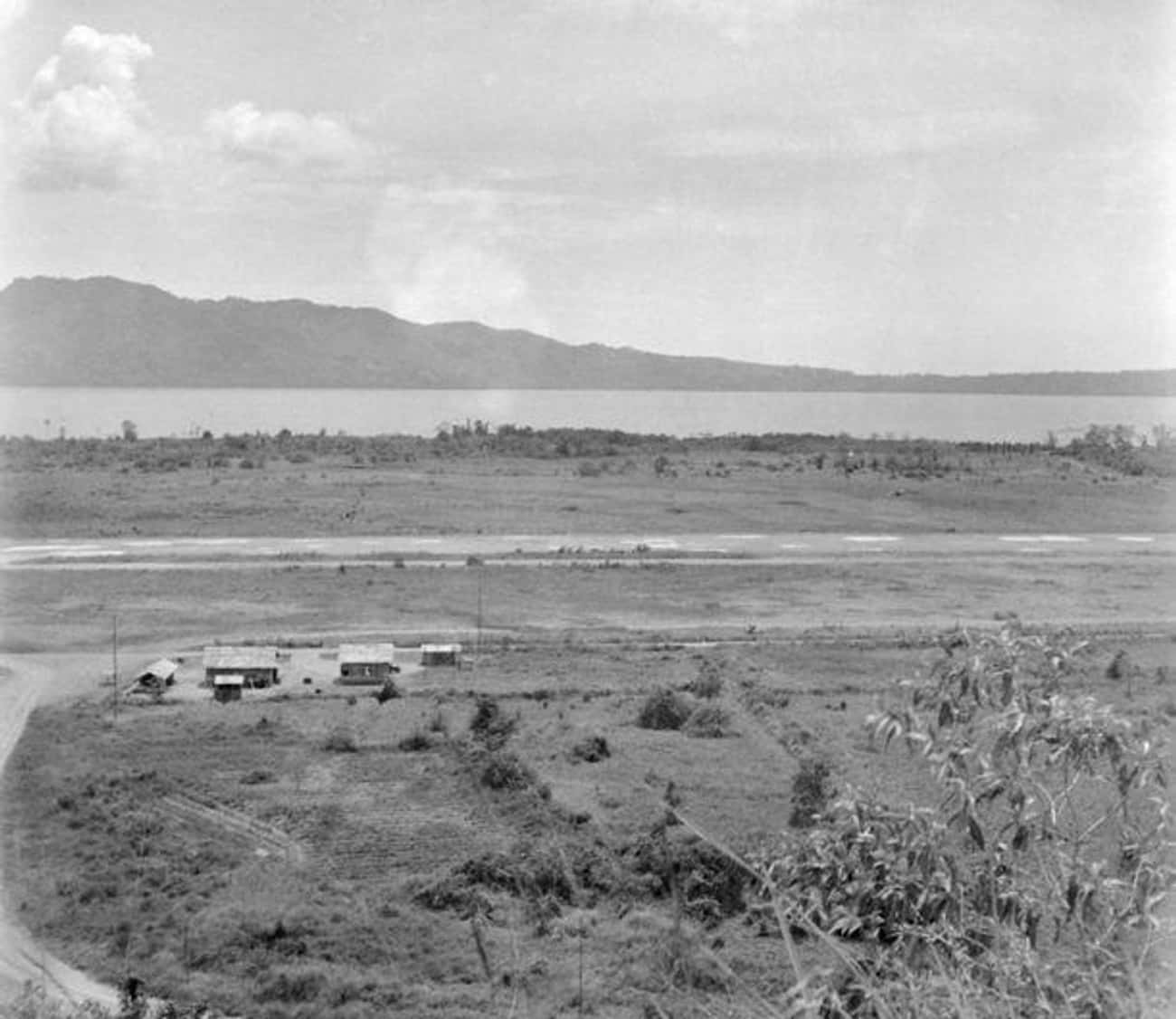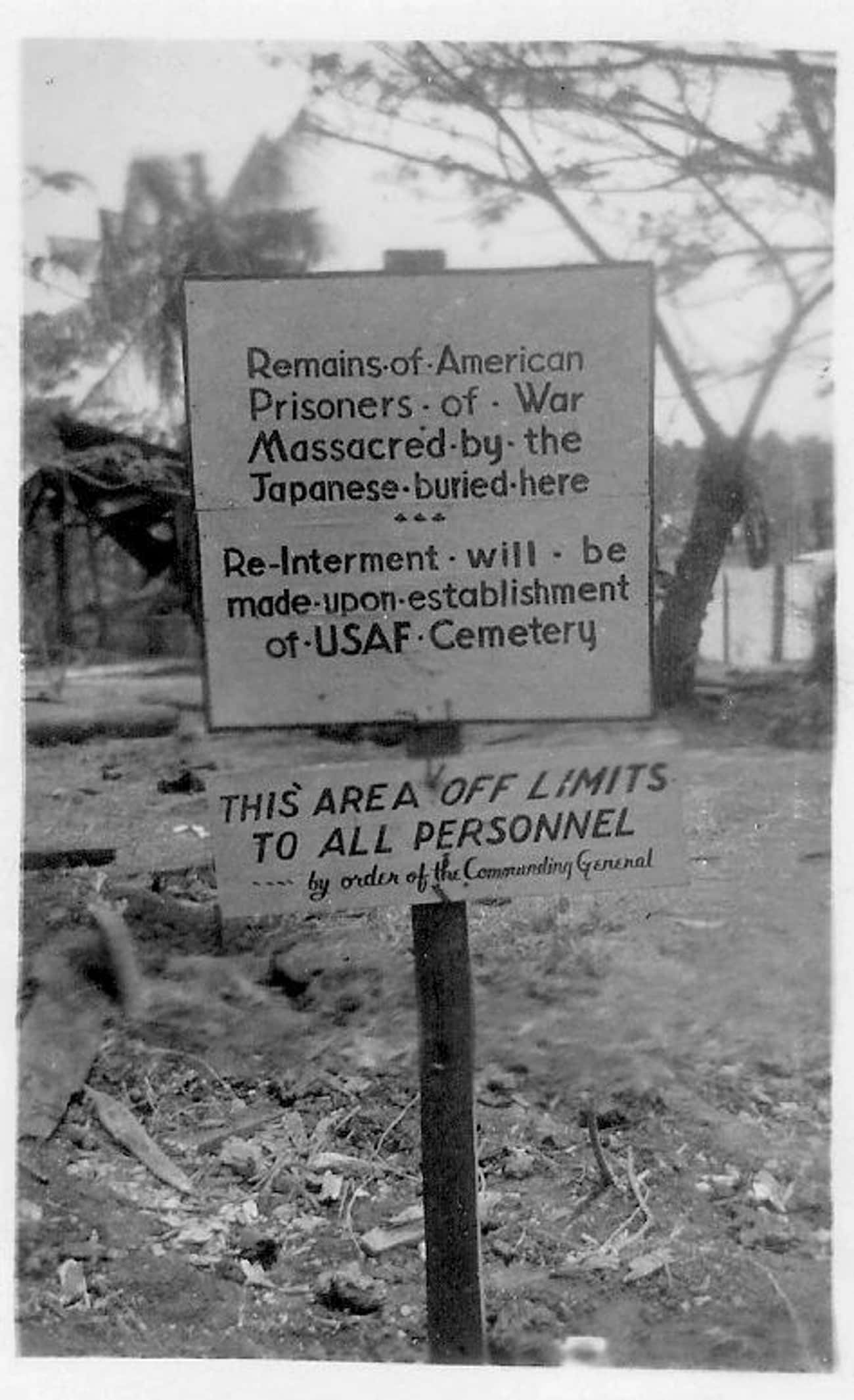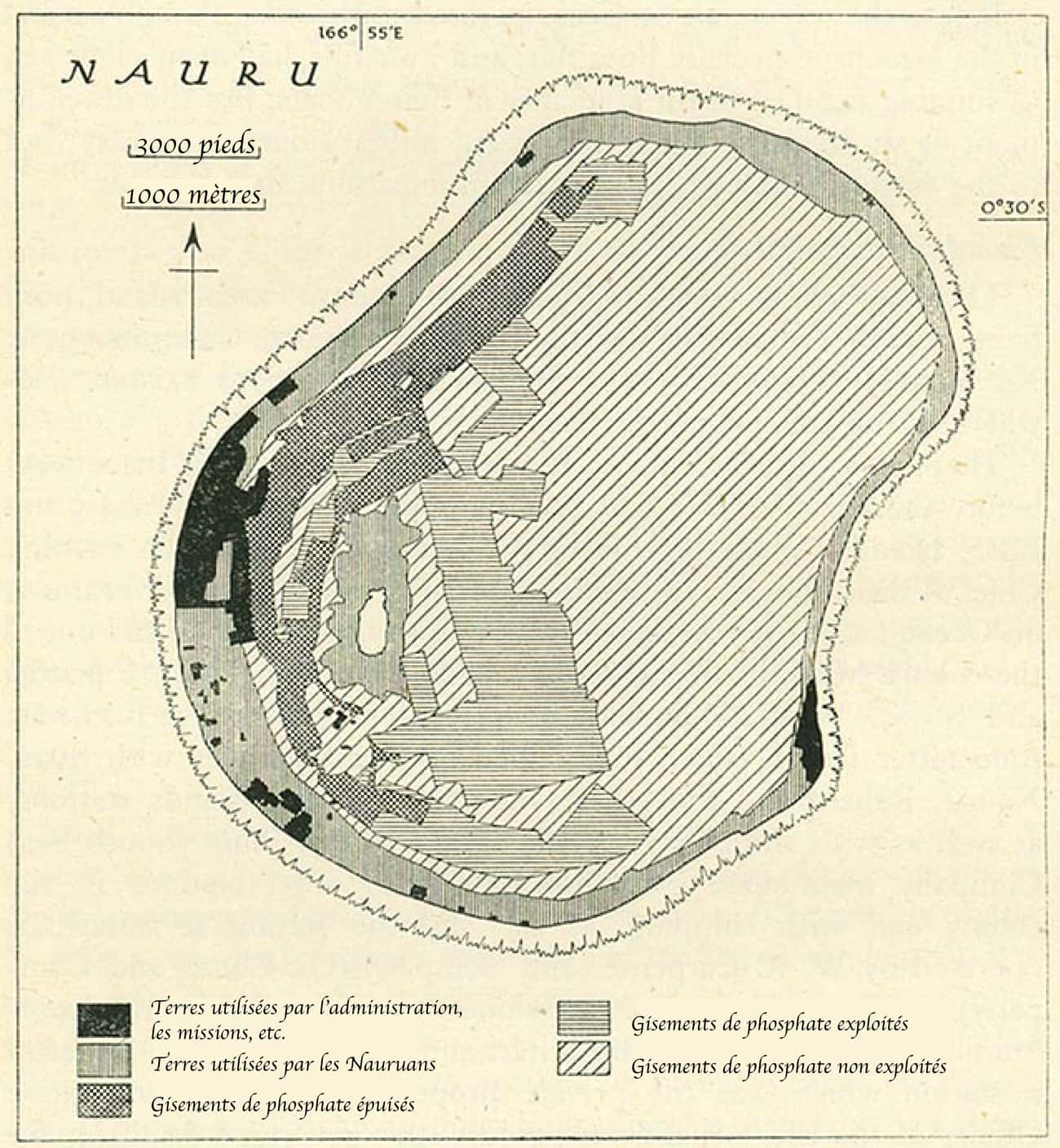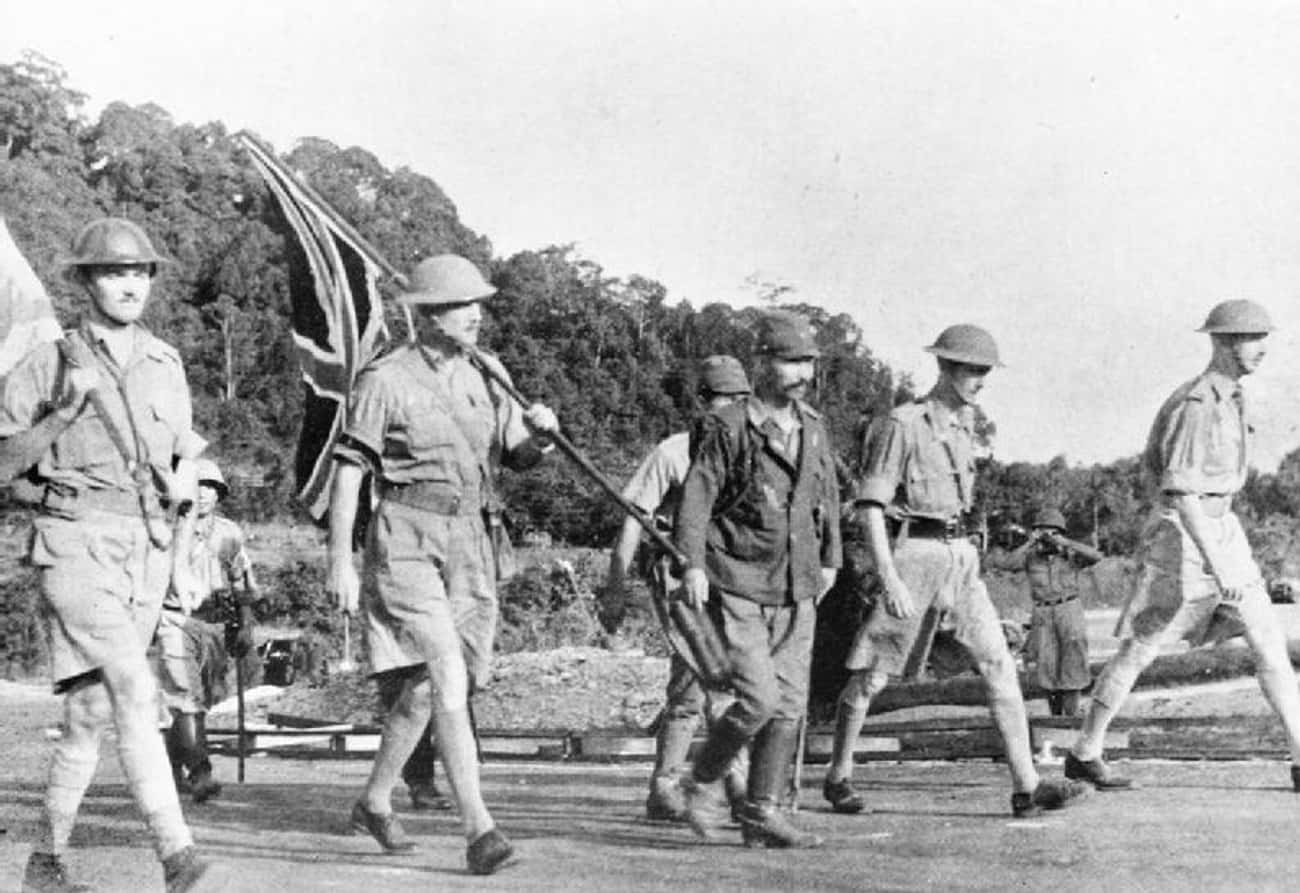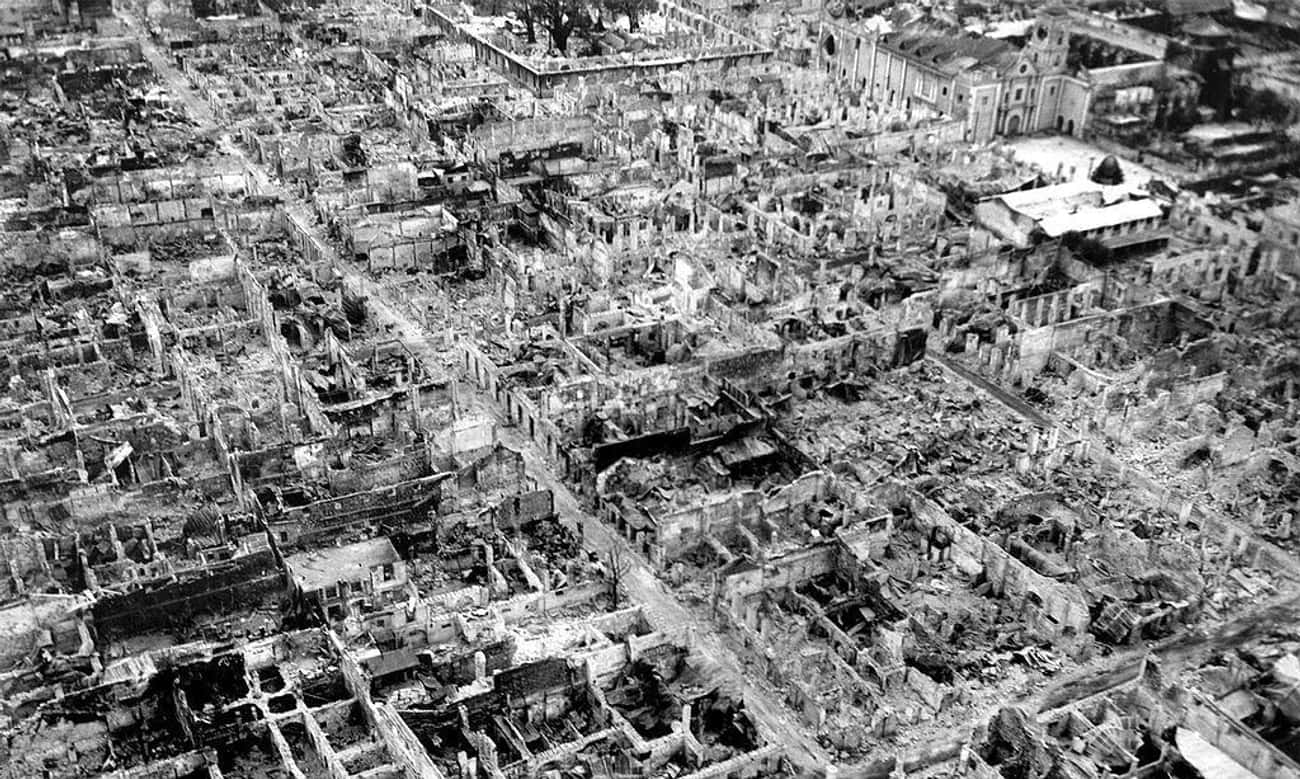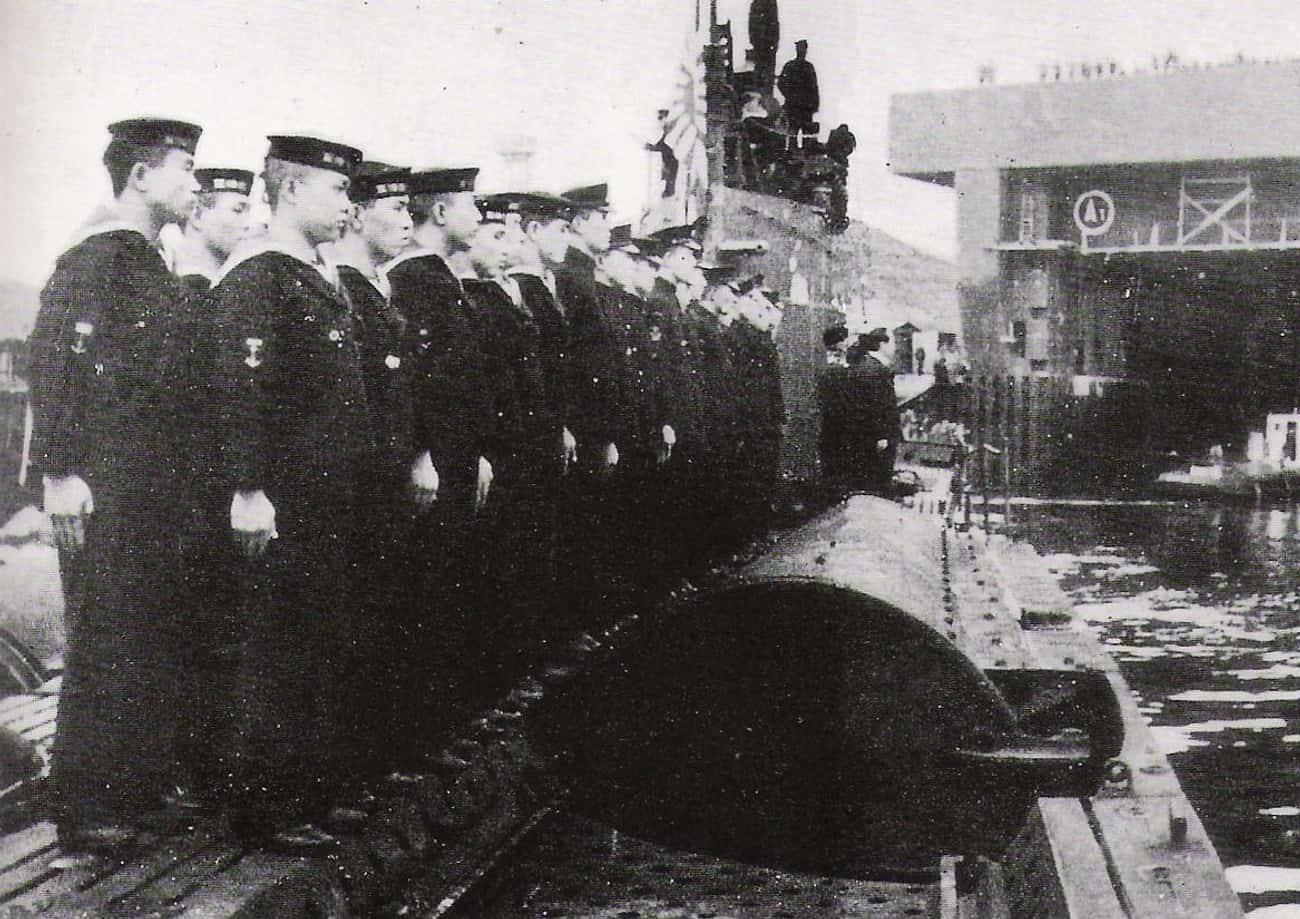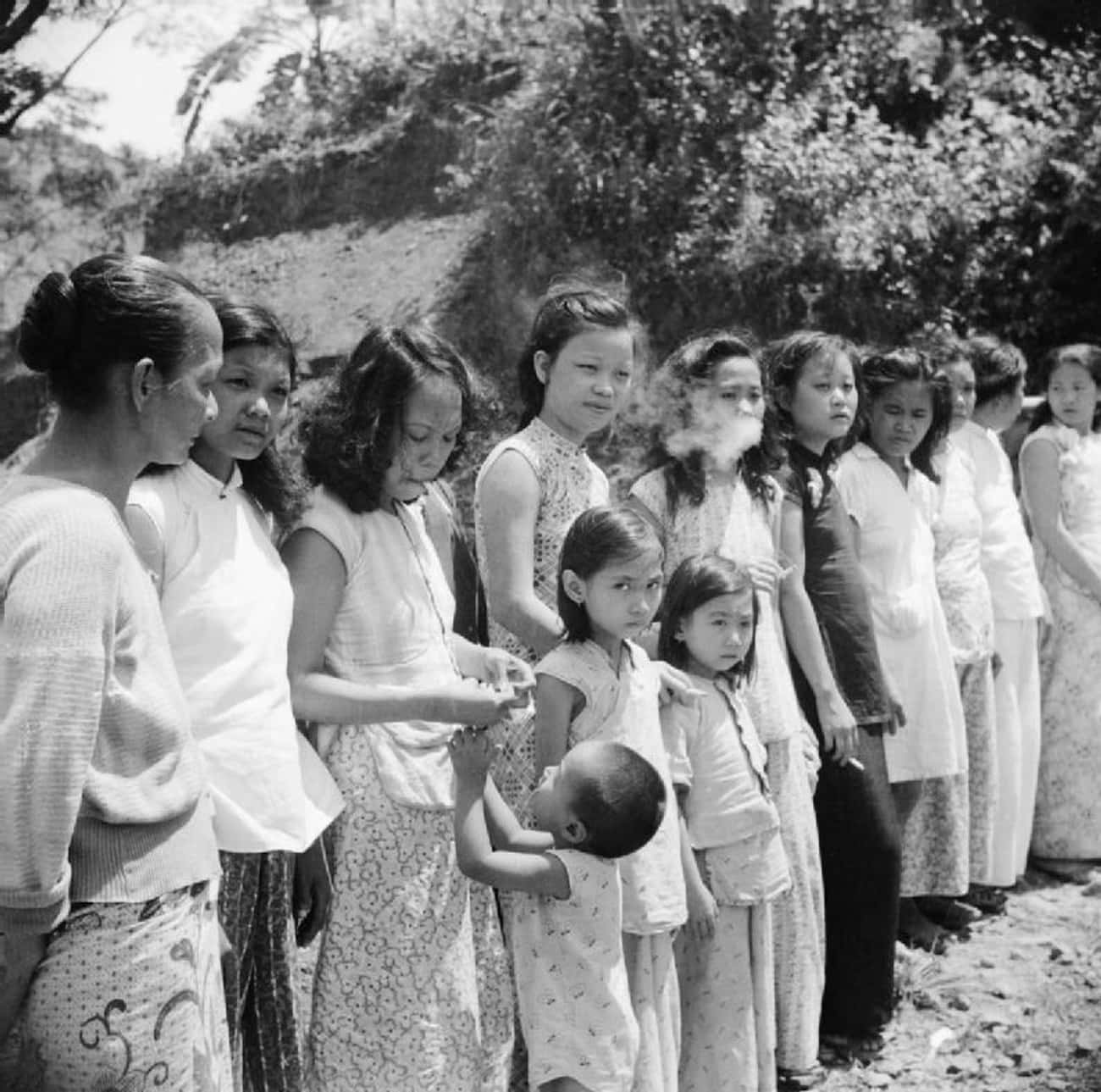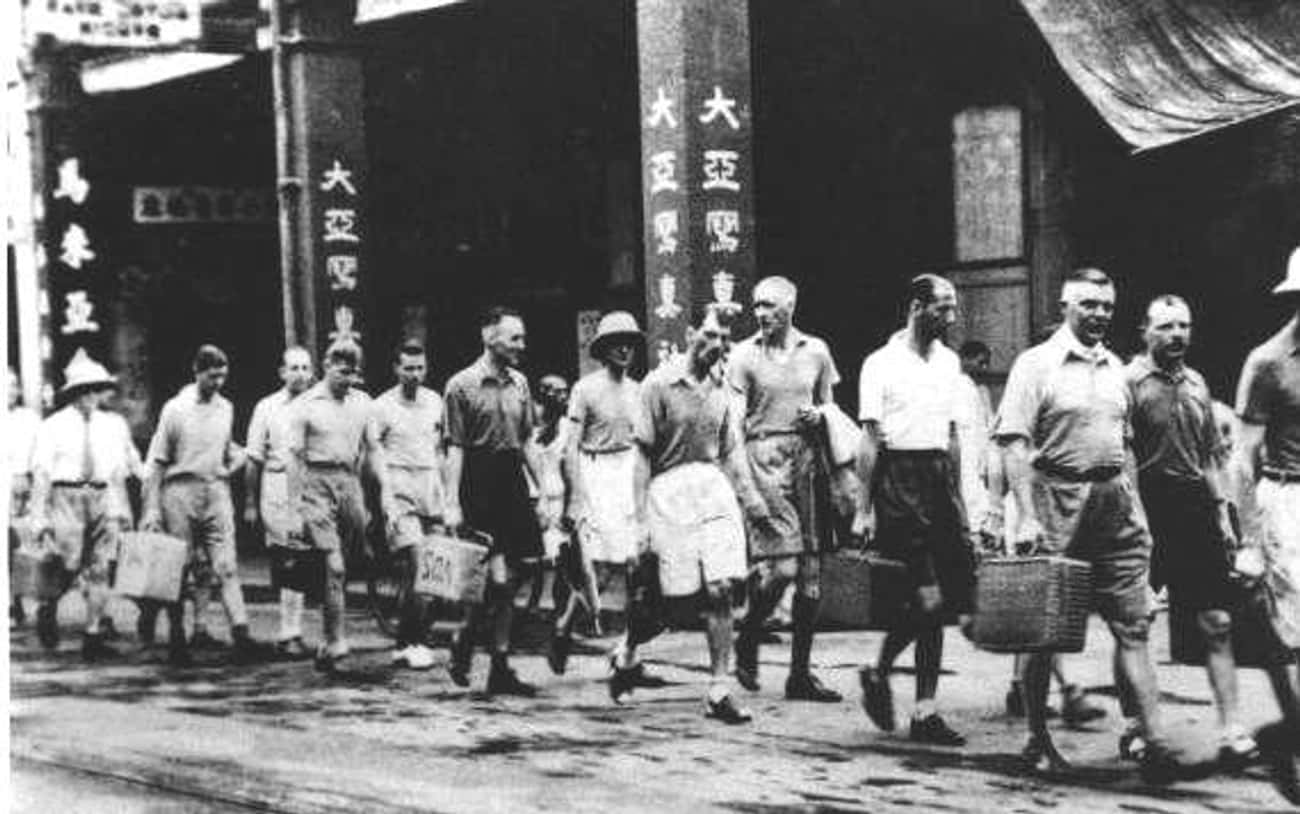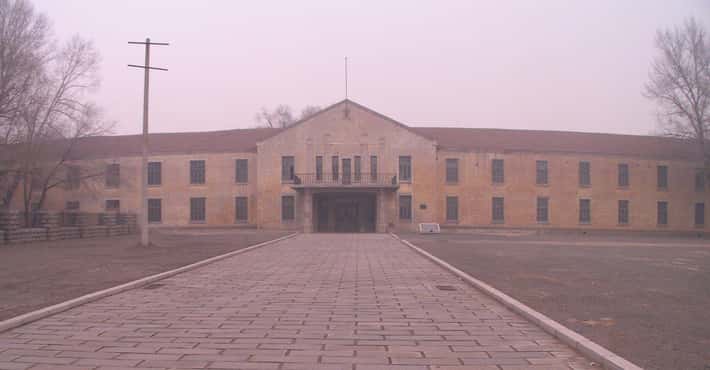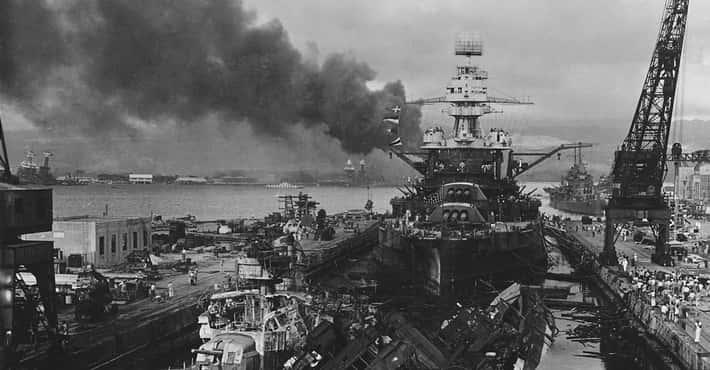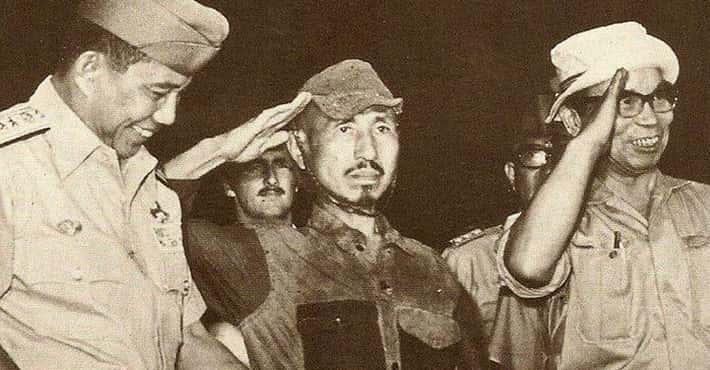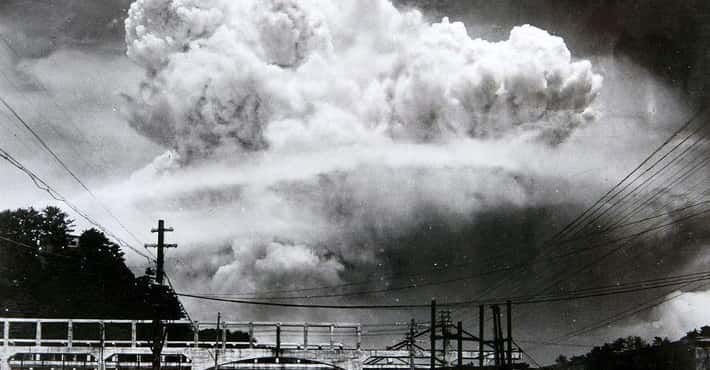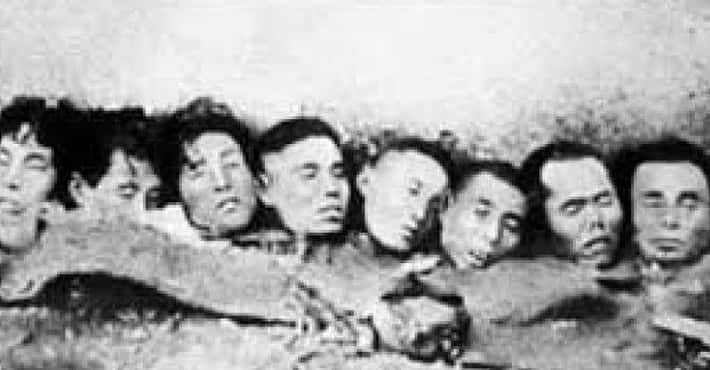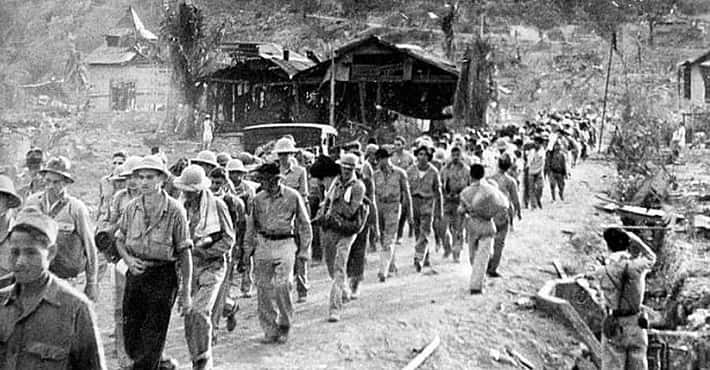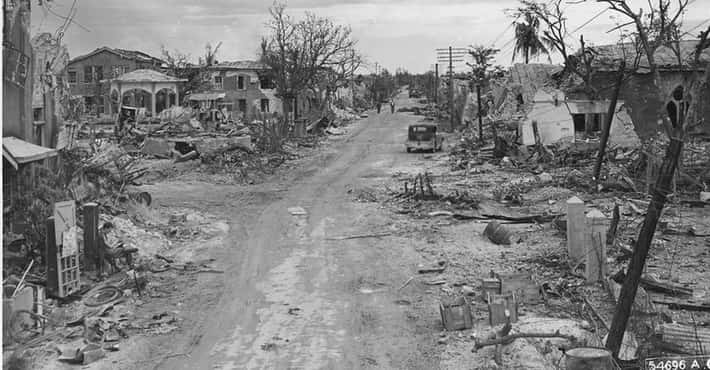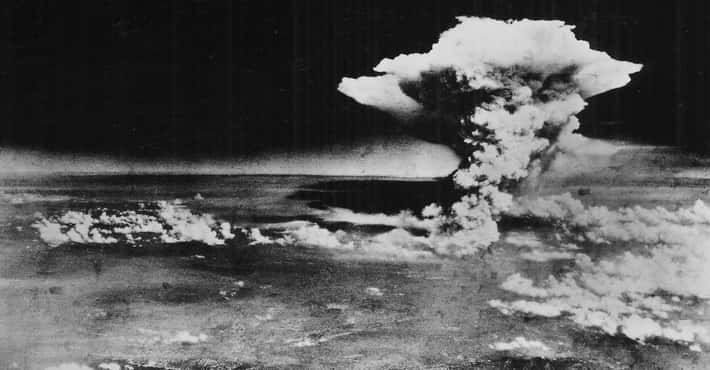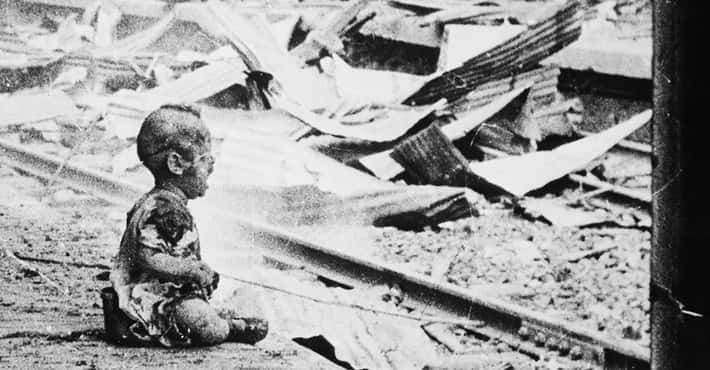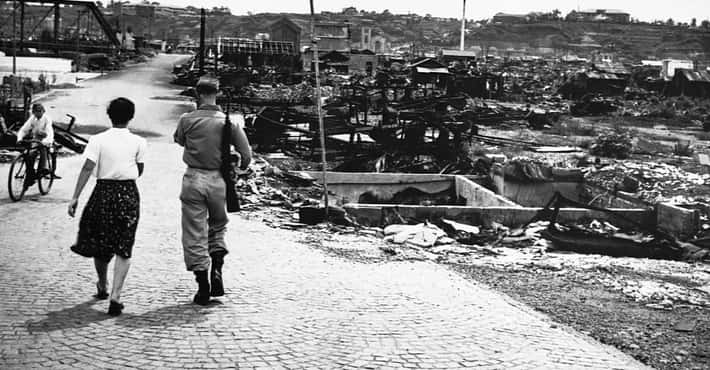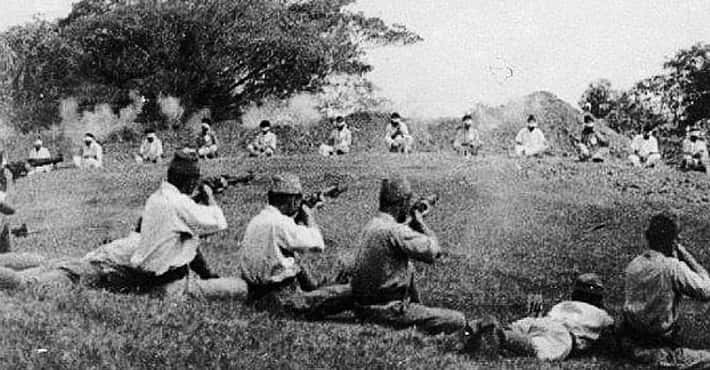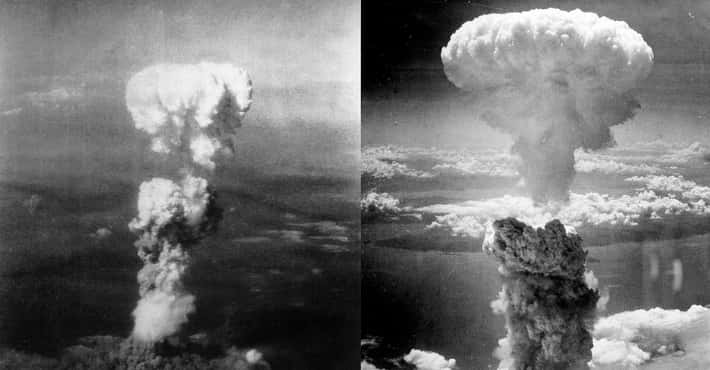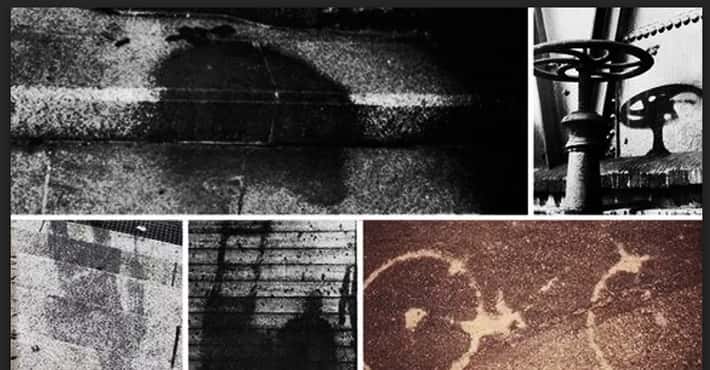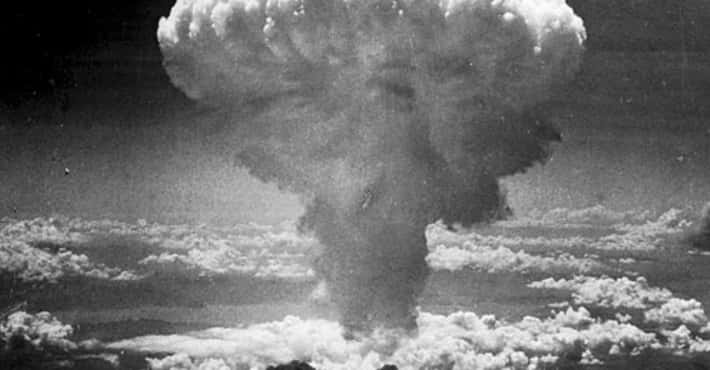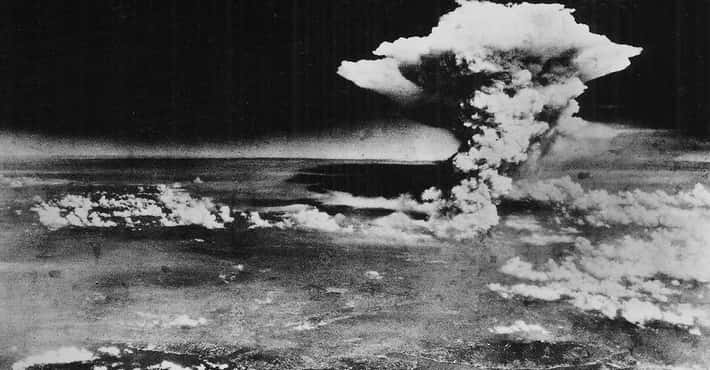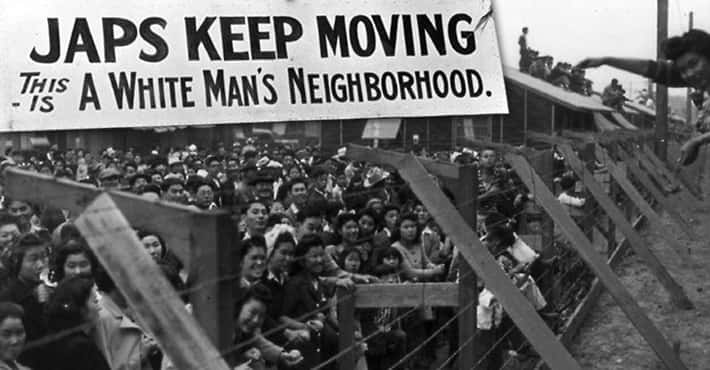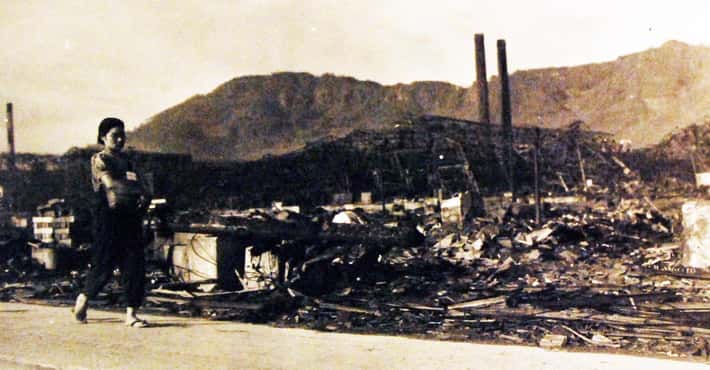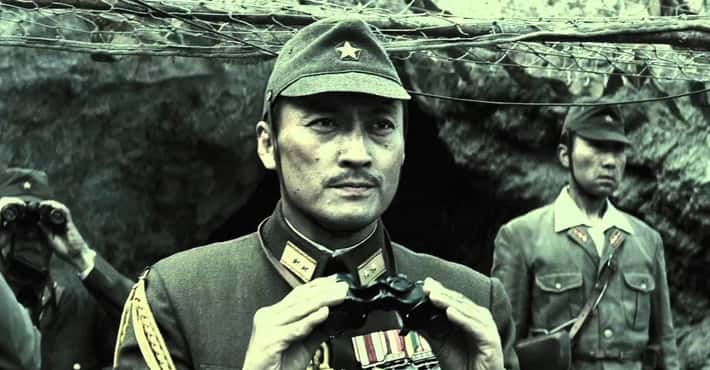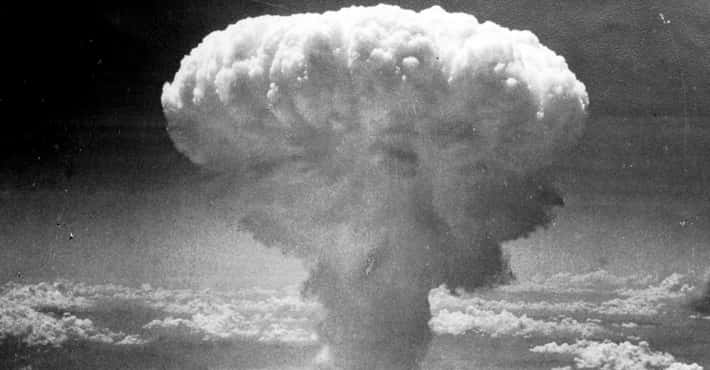Horrific Japanese Crimes In WWII That History Forgot
The atrocities committed by the Japanese military during WWII are so brutal that it is almost impossible to comprehend them. In some ways, it may be better to forget this terrible history, yet to do so would dishonor those who suffered and perished. A look at the worst of Japan's crimes in WW2 also helps us understand today's world a little better, especially the animosity Korea and China still have for Japan. Moreover, it is important that we learn and remember the horrible crimes in our recent history so that we can make sure they never happen again.
WARNING: This list contains extremely disturbing content.
- Photo: Sweeper tamonten / Wikimedia Commons / Public Domain
The scale and savagery of the Rape of Nanking defy explanation. All one can do is recite the facts. In 1937, at the beginning of the Sino-Japanese War - the conflict between Japan and China that would eventually become the Pacific branch of WWII - the Japanese invaded Nanking, the capital city of Nationalist China. The atrocities began in late 1937 and ended in early 1938. As many as 300,000 Chinese civilian lives were lost, and as many as 80,000 Chinese women were subjected to forced relations with soldiers.
It was the first of many similar massacres, though none took place on the same scale as that at Nanking.
Comfort Women
Photo: Titmuss A D / Wikimedia Commons / Public DomainOver the course of the Sino-Japanese conflict and WWII, the Japanese army forced as many as 200,000 women into prostitution. Called “comfort women," these predominantly Korean women were sent throughout East Asia to work in brothels catering to the Japanese military. The brothels operated long hours and women were rarely granted time off, meaning they endured forced relations repeatedly every day for years.
In 2015, the prime minister of Japan officially apologized for the practice and agreed to pay a sum of 1 billion yen, or about $9 million, to the 46 surviving comfort women.
Death By Railway
Photo: Unknown / Wikimedia Commons / Public DomainDuring their occupation of Southeast Asian territories, the Japanese decided to build a railroad connecting Thailand and Burma. The railroad would run through incredibly dense jungle, and was to be built largely by hand, without assistance from large industrial tools.
The Japanese gathered 60,000 POWs and 200,000 enslaved local laborers and forced them to work day and night through monsoons and sweltering heat. Laborers were given nothing but rice to eat, and those who were injured were left to perish. Dangers included dengue fever, cholera, tropical ulcers, and an extreme vitamin B deficiency that led to paralysis.
Unit 731
Photo: Unidentified / Wikimedia Commons / Public DomainUnit 731 was a top-secret Japanese military unit responsible for medical and chemical weapons research that defies belief. Among other things, the unit field-tested so-called “plague bombs” by dropping disease-infected devices over cities to see whether they would cause outbreaks. They did, and as many as 3,000 Chinese civilians (if not more) perished from these diseases.
At Japan's notorious base in Pingfang, China, doctors put people in pressure chambers to see how much pressure the human body could withstand before exploding. They also infected civilians with diseases and then dissected them to examine the effects of the disease. Other atrocities include leaving POWs outside to freeze until they perished in order to investigate potential cures for frostbite, and amputating subjects' limbs to learn about blood loss.
A Contest To Slay 100 People With A Saber
Photo: Shinju Sato / Wikimedia Commons / Public DomainOn the way to Nanking, two Japanese army officers entered into a friendly competition with one another: Who would be the first to slay 100 people with a saber during the conflict? The bloodshed began on the road, as the Japanese army advanced to Nanking, and continued through the destruction of the city.
The contest was covered by a Japanese newspaper - here's a translation of one particularly chilling paragraph: "Noda: 'Hey, I got 105. What about you?' Mukai: 'I got 106!' ...Both men laughed. Because they didn’t know who had reached 100 kills first, in the end someone said, 'Well then, since it’s a drawn game, what if we start again, this time going for 150 kills?'"
The Bataan Death March
Photo: Unknown / Wikimedia Commons / Public DomainThe atrocities in Baatan, Phillipines, began in 1942, when the region was surrendered to Japan. The Japanese, unprepared for the huge number of POWs, ordered all 75,000 of them to march through the jungle, a march that became known as the Bataan Death March.
Japanese soldiers, who saw surrender as a sign of weakness, beat the captives ceaselessly. Some fell behind due to lack of water, the heat of the jungle, or exhaustion. The stragglers were beheaded or simply left to perish. An estimated 2,500 Filipinos and 500 Americans perished on the march. About 26,000 more Filipinos succumbed to disease or starvation in the prison camp.
The Bangka Island Massacre
Photo: Unknown / Wikimedia Commons / Public DomainAs Allied forces deserted Singapore after the Japanese took over, Japanese planes bombed the sea in an effort to sink as many fleeing transport ships as possible. One such ship was filled with 65 Australian nurses, 53 of whom managed to swim to the small, Japanese-controlled island of Bangka after their transport sunk.
Japanese soldiers rounded up as many people as they could find, including injured servicemen, Allied soldiers, and some of the nurses. The Japanese then set up a machine gun on the beach, ordered everyone to walk into the shallows, and mowed them down. Only two survived the incident.
The Sandakan Death March
Photo: Harrison, John Thomas / Wikimedia Commons / Public DomainConsidered the worst military atrocity in Australia's history, the Sandakan Death March is little known outside of that country. The incident occurred toward the end of WWII, as the Japanese were fleeing. They abandoned the Sandakan POW camp in Borneo, forcing the soldiers interned there to march through the jungle with them until they perished of starvation or disease. Any soldiers who actually made the entire trek were executed by the Japanese.
Of the 2,700 internees at the Sandakan camp, only six survived the march.
Cannibalism
Significant evidence, most notably several eyewitness accounts that corroborate one another, points to Japanese soldiers eating the flesh of their enemies during WWII. This practice apparently happened throughout Southeast Asia, and flesh was consumed both from deceased and still-living Allied soldiers.
Some accounts suggest the Japanese even executed some Allied soldiers for the sole purpose of harvesting them for food.
The Massacre Of Enemy Airmen
Photo: U.S. Air Force photo / Wikimedia Commons / Public DomainThe Japanese took little mercy on captured airmen from Allied bomber planes.
One particularly tragic incident saw frenzied Japanese soldiers beheading Allied airmen the day Japan surrendered, and after they had heard the emperor announce Japan's surrender.
The Laha Airfield Massacre
Photo: SSGT R.L. Stewart / Wikimedia Commons / Public DomainOver the course of about two weeks in February 1942, supposedly in reprisal for the destruction of a Japanese minesweeper that ran over a Dutch mine, the Japanese executed more than 200 Dutch and Australians in the woods near the Laha Airfield on Ambon Island.
Most of the soldiers were either beheaded or ended with a bayonet, and were buried in mass graves.
The Alexandra Hospital Massacre
Photo: Wellcome Images / Wikimedia Commons / CC BY 4.0In February 1942, the Japanese took Singapore. On the 14th of that month, Japanese soldiers arrived at the British-run Alexandra Hospital, entered the building, and went from room to room indiscriminately beating patients, doctors, nurses, orderlies, and the military personnel who ran the hospital.
They then took 100 men from the building, imprisoned them overnight in sweltering sheds behind the hospital, and began executing them indiscriminately the next day.
The Palawan Massacre
Photo: Bob Meza / Wikimedia Commons / CC BY-SA 4.0The Palawan POW camp in the Philippines was, as with all Japanese-run POW camps, a hellish place. According to survivor accounts, two American soldiers who took papaya from a tree to avoid starvation had their left arms broken with a metal pipe.
On December 14, 1944, the Japanese forced all 150 Americans in the camp into wooden buildings. They then lit the buildings on fire. Between 30 and 40 men managed to escape the burning buildings. Some tried to escape by swimming into a nearby bay and were shot. Others tried to hide among the rocks by the bay. They were mostly found and dispatched. Only 11 Americans survived that night - those who escaped the fires, the subsequent shooting, and the swim across the bay.
One survivor was bitten by a shark but still managed to complete the swim.
The Nauru Island Occupation
Photo: Kimdime69 / Wikimedia Commons / Public DomainThe Japanese occupied Nauru, a tiny equatorial island east of Papua New Guinea, from 1942 until the end of WWII. During that time, they committed a series of atrocities, including the execution of several Australian officers.
At the time, Nauru was home to a leper colony. The Japanese rounded up the lepers, put them on boats, set them out to sea, and then blew the boats up, ending everyone aboard. They then displaced around 1,200 native Nauru, moving them to another nearby island.
Many of these displaced people perished of starvation or disease before WWII ended, meaning the Japanese essentially committed the genocide of the Nauru people.
Operation Sook Ching
Photo: Unknown / Wikimedia Commons / Public DomainAfter seizing control of Singapore in February 1942, the Japanese decided to root out any Chinese in the city who might oppose Japanese rule, including military personnel, leftists, communists, and those with weapons. So began Operation Sook Ching, which is Chinese for “purge through cleansing.” In Japanese, the name was Operation Dai Kensho, or “great inspection.” The operation resulted in multiple massacres, typically by machine gun, of groups of ethnically Chinese men.
The official Japanese number for the operation was 5,000 casualties, although according to a Japanese reporter in Singapore in 1942, the number was around 50,000.
The Rape Of Manila
Photo: Unknown / Wikimedia Commons / Public DomainIn 1945, as the Japanese hurtled toward defeat, military leaders ordered the Japanese army to leave Manila, Philippines, thus surrendering it to the Allies. Ignoring this order, the Japanese stationed in the city decided to destroy it, slaying as many civilians as possible.
They raped, bayoneted, and beheaded Filipinos until the Allies slayed every Japanese soldier in the city, a result of their refusal to surrender. As many as 100,000 Filipinos perished.
I-8 Submarine Massacres
Photo: Unknown / Wikimedia Commons / Public DomainThe crew of the Japanese submarine I-8 committed a pair of atrocities during WWII. First, they sunk a Dutch freighter and took the crew hostage. They beat many of them with bayonets and swords until they perished, then they lashed the survivors to the hull of the sub as it dove beneath the sea. Only six people survived. The crew of the I-8 then sank an American cargo ship, again taking more than 100 prisoners, and assaulted them with hammers and blades.
About 23 Americans survived this second attack.
The Pig Basket Massacre
When the Allies surrendered East Java to the Japanese, some soldiers escaped into the hills and formed resistance groups. The military police eventually captured the soldiers, forced them into 3-foot-long bamboo boxes made for carting pigs, and transported them in exposed trucks and rail cars through 100+ degree heat to the coast, where they were loaded onto boats.
The boats then took the soldiers out to sea and dumped them, still in the pig baskets, into shark-infested waters.
Port Blair Massacres
Photo: Lemon A E / Wikimedia Commons / Public DomainThe Japanese committed countless atrocities during their occupation of the Andamans, a pair of beautiful tropical islands off the Burmese coast in the Bay of Bengal. Among them was the Port Blair Executions. Japanese soldiers tortured high-ranking Indian officers in league with Allied forces. They then buried them up to their chests and proceeded to bayonet, fire at, and bludgeon their exposed heads and shoulders until the officers perished.
Japanese officers also forced themselves on local women.
The Invasion Of Hong Kong
Photo: Unknown / Wikimedia Commons / Public DomainA lesser-known incident in the annals of the Pacific War, the Japanese invasion of Hong Kong began on December 18, 1941, with orders to “take no prisoners.”
Anyone found trying to defend the island, including British medical personnel, was taken to the outskirts of the city and dispatched with a bayonet.


